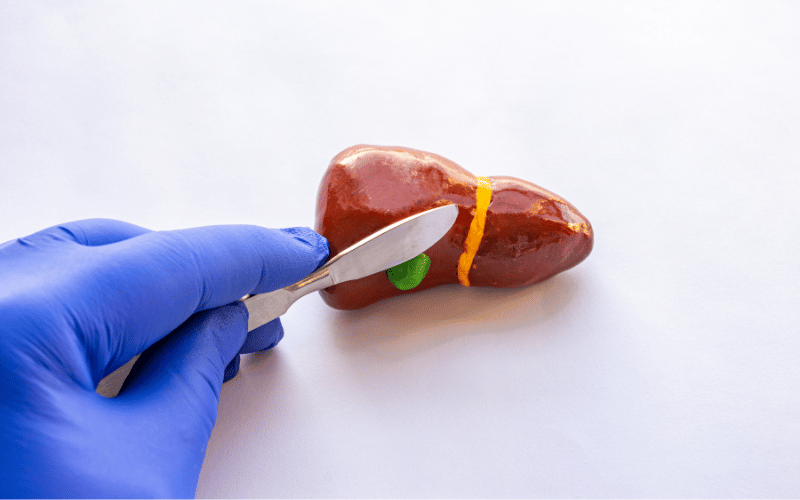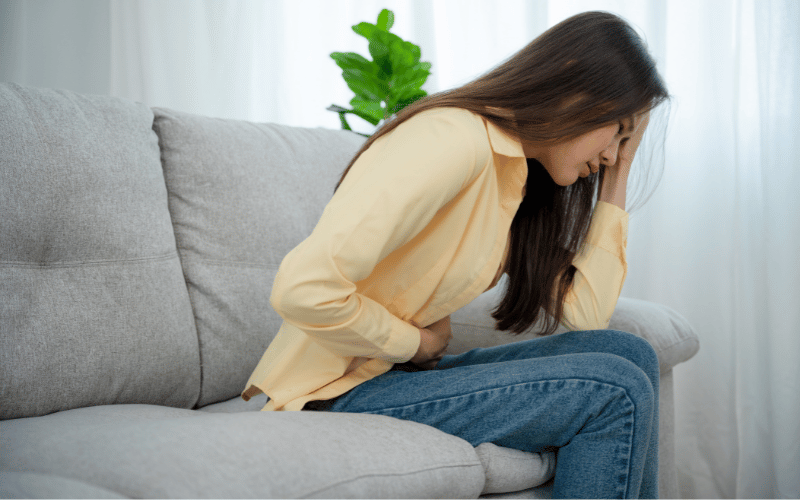Introduction: Adjusting to Life Without a Gallbladder
Removing your gallbladder may have seemed like the end of your health woes. Yet, for some, it’s just the start of a new chapter called postcholecystectomy syndrome (PCS). It’s a term that might not come up in your initial discussions about gallbladder surgery, but it’s crucial to be aware of its possibility. PCS is a collection of symptoms that patients might experience after their gallbladder is removed. Understanding these symptoms is the first step toward managing them effectively.

For many, the body adjusts just fine without the gallbladder, a small organ that once stored bile for digestion. But for others, there’s a cascade of symptoms that can be perplexing and sometimes severe. It’s not just a single ailment; it’s a spectrum of signs that can disrupt your daily life. Knowing what symptoms to look out for can be your compass in seeking relief and understanding the changes in your body.
The spectrum of PCS is broad, ranging from digestive disturbances to severe pain and jaundice. These symptoms can mirror those that led to the gallbladder’s removal, leaving many to wonder if the surgery was just the beginning of a longer journey. While it may seem daunting, recognizing the signs early can lead to better management and a quicker return to wellbeing.
With a proactive approach and informed understanding, those experiencing PCS can navigate this complex condition. This article will delve into the ten pivotal symptoms that could indicate the onset of PCS. It’s not just about identifying what’s wrong; it’s about empowering you to take control of your health and regain the comfort and stability you deserve after surgery.
1. Lingering Abdominal Pain: The Shadow of Gallbladder Surgery

When you bid farewell to your gallbladder, you might expect the pain to pack its bags and leave too. But hold on, there’s a twist in the tale for some. The shadow of discomfort can linger, known as chronic abdominal pain, a baffling companion of postcholecystectomy syndrome. This isn’t your run-of-the-mill stomachache. It’s a deep-seated ache that refuses to call it quits, often mistaken for a fleeting cramp or a random twinge.
This pain’s a chameleon, sometimes sharp and sudden, other times a dull, enduring throb. It can ambush you right in the gut where the gallbladder used to be, or it may play hide and seek, popping up in different spots across the abdomen. It’s a tricky customer, with the frustrating knack of flaring up when you least expect it. And when it strikes, it’s like your insides are in a vice, leaving you pacing the floor at odd hours.
The reasons? They’re a mixed bag. It could be due to bile leaking into the stomach or an overlooked stone making a surprise cameo. Maybe it’s the bile ducts throwing a fit because they’ve got to work overtime, or your stomach and intestines trying to get the hang of their new normal without the gallbladder’s backup.
It’s fascinating yet perplexing how the body reacts to the absence of a once crucial organ. Imagine a machine, running smoothly until one gear is removed. The rest of the gears have to pick up the slack, and that’s when the system can hiccup. That’s your body post-cholecystectomy, adjusting its inner workings, sometimes with a groan and grumble. (1)